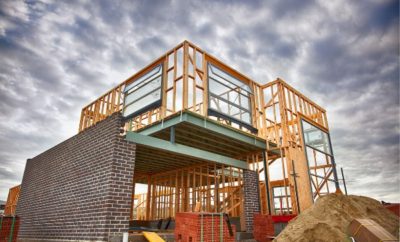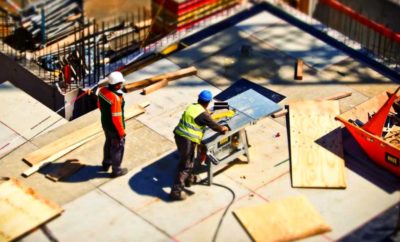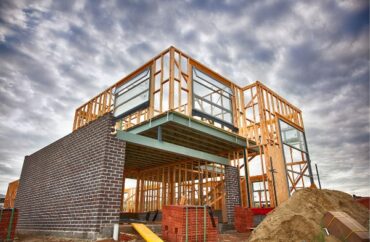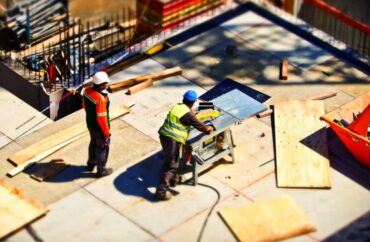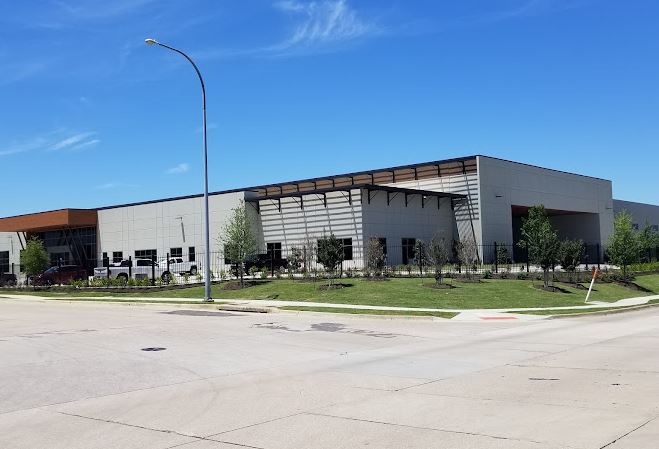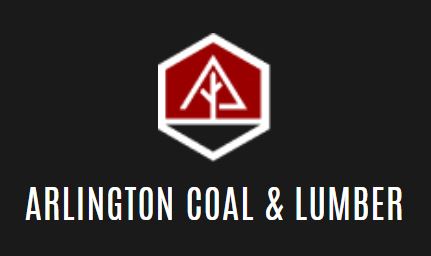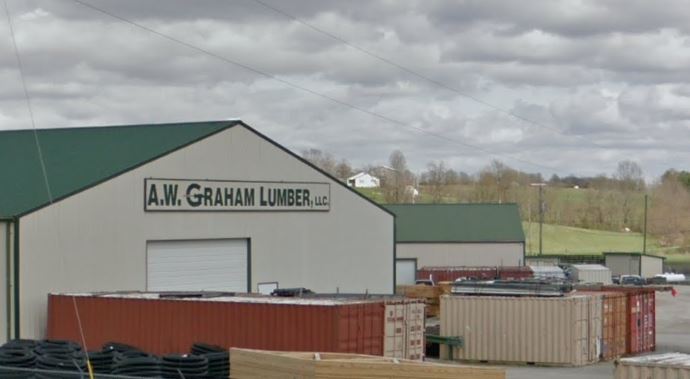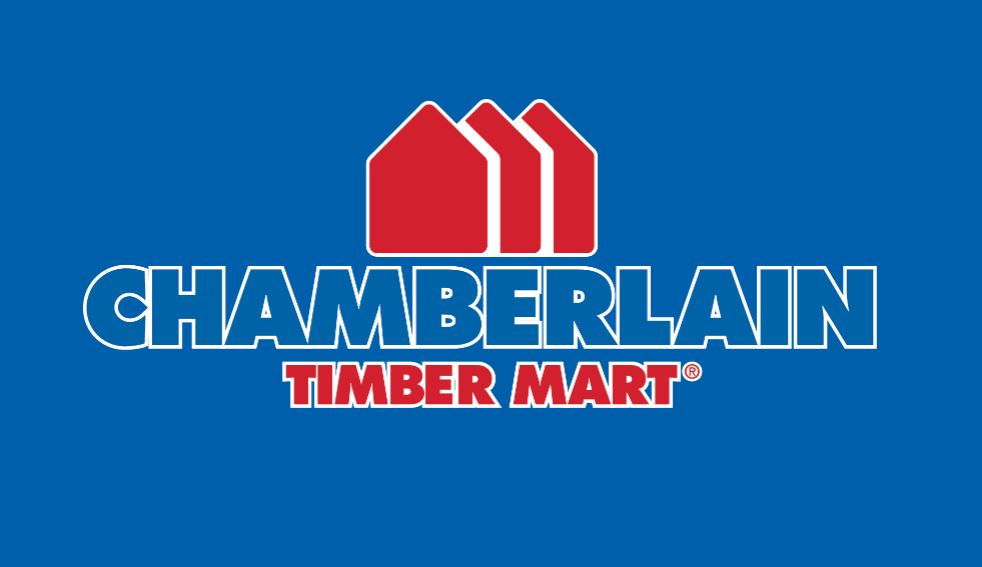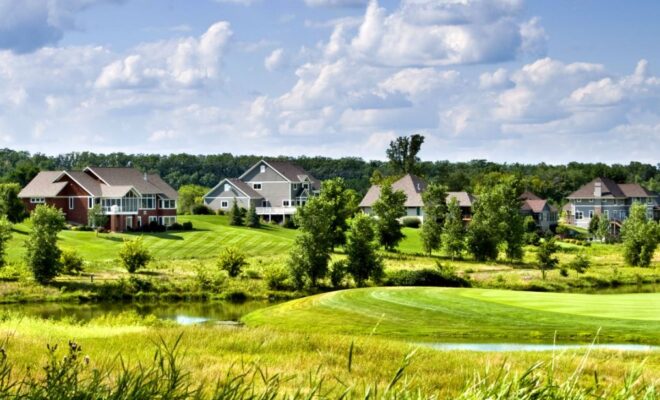
NAHB: Exurban Areas Post Largest Construction Gains Despite Housing Slowdown
According to the latest findings from the National Association of Home Builders (NAHB) Home Building Geography Index (HBGI) for the third quarter of 2023, single-family growth rates were negative for all geographic sectors of the nation for the third consecutive quarter, with exurban areas posting the largest increase in market share for both single-family and multifamily construction.
“Rising mortgage rates, elevated construction costs and chronic construction labor shortages have led to negative quarterly growth rates in single-family home building for all geographic markets since the beginning of 2023,” NAHB Chairman Alicia Huey, a Birmingham, Alabama-based custom house builder and developer, stated.
“Meanwhile, the HBGI report shows the multifamily sector continued to post strength in two geographic areas: large metro outlying counties posted a ninth consecutive quarter of positive growth while non-metro/micro counties registered positive growth for the 11th straight quarter.”
“The HBGI data continues to show that home building has slowed, but there are signs that it is beginning to turn a corner heading into the end of the year as the Federal Reserve has paused rate hikes as inflation continues to slow,” NAHB Chief Economist Robert Dietz noted.
Dietz stated that the new research, which uses Bureau of Economic research personal income per capita estimates, corresponds with the geographic HBGI data, which reveals that single-family and multifamily housing building has been increasingly concentrated in distant areas rather than metropolitan centers.
“Counties with higher incomes that tend to be more urban have lost home building market share in both the single-family and multifamily sectors,” he said.
The HBGI is a quarterly survey of building conditions in the United States that combines county-level data on single- and multifamily permits to gauge housing construction growth in diverse urban and rural geographies.
Small metro core counties experienced the lowest single-family year-over-year growth rates in the third quarter of 2023, with an 18.6% fall.
All large and minor metro areas experienced double-digit negative growth.
Meanwhile, large metro outlying counties saw the greatest gain in single-family market share, going from 9.5% to 9.7% during the second and third quarters of 2023.
The third quarter HBGI reveals the following market shares in single-family house building when the seven metro and county areas are broken down:
- 15.9% in large metro core counties
- 24.7% in large metro suburban counties
- 9.7% in large metro outlying counties
- 28.3% in small metro core counties
- 10.0% in small metro outlying areas
- 7.0% in micro counties
- 4.4% in non-metro/micro counties
Outlying counties had the largest growth rate in the multifamily sector in the third quarter, rising 37.9%.
A personal income per capita research reveals that, unsurprisingly, the majority of housing construction happens in high-income areas.
In the third quarter of 2023, the single-family market share for counties with the highest personal income quintile (more than $62,212) was 40.8%. This proportion has decreased by 4.2 percentage points from the third quarter of 2018.
High-income communities continue to dominate the multifamily market. In the third quarter of 2023, counties with the highest income quintile accounted for 61.0% of all multifamily construction. Over the last five years, the multifamily market share in high-income neighborhoods has declined by 4.8 percentage points.
Read more about this topic at nahb.org/hbgi.


